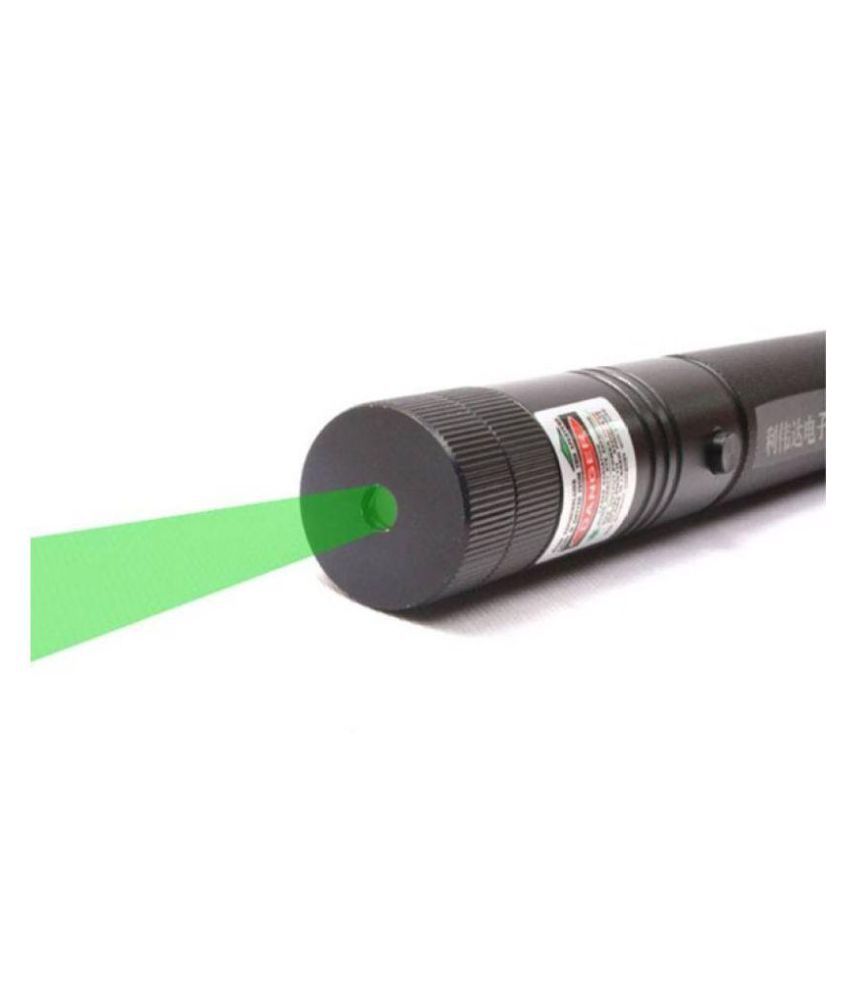

Once the booster burns out, it detaches, and the Aerojet MK 104 solid-fuel dual thrust rocket motor (DTRM) takes over propulsion through the atmosphere. The missile then establishes communication with the launching ship. When the missile is ordered to launch, the Aerojet MK 72 solid-fuel rocket booster launches the SM-3 out of the ship's Mark 41 vertical launching system (VLS). The ship's AN/SPY-1E radar finds the ballistic missile target and the Aegis weapon system calculates a solution on the target. SPY-1E will provide a step increase in the capability of the Aegis Weapon System. The legacy SPY-1 radar can search, track and guide missiles simultaneously and has the capability of tracking hundreds of targets concurrently, from the wave tops to the exoatmosphere.

SPY-1E significantly enhances the capabilities of the Aegis Weapon System with the technology needed to defend against next-generation threats. Additionally, SPY-1E will improve the US Navy's ship self-defence and anti-air warfare capabilities. SPY-1E radar is an Aegis hybrid that is anticipated to be the key to successfully identifying and tracking hostile missiles so that they can be targeted and brought down before they hit their intended target. The Sea-based Midcourse Defense (SMD) SPY-1E solid-state S-band radar provides greatly improved detection at much greater ranges, a key requirement to counter ballistic missile defense threats. This is the newest radar in a long line of superior Aegis systems. This new SPY-1E version under development could be used in developing an anti-missile defense. The Navy currently purchases SPY-1D(V) radar for its destroyers. The only official DOD mention of the "SPY-1E" nomenclature is the FY2004 budget submit for the Solid State SPY Radar which mentions an "FY 2003 includes: Congressional plus-up for Solid State SPY-1E Multi-Mission Radar". SPY-IE or SBAR (S-band Advanced Radar) is an unofficial designation lor a next-generation active array version of SPY-1.


 0 kommentar(er)
0 kommentar(er)
